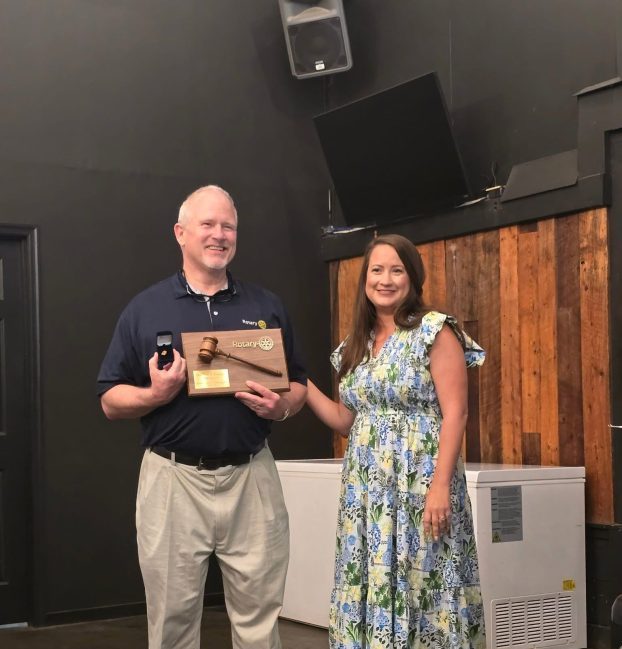Mother Nature’s Garden: The amazing things that plants do
Published 4:34 pm Saturday, May 6, 2023
|
Getting your Trinity Audio player ready...
|
While plants don’t move around like animals, that doesn’t mean they’re incapable of reacting to their environment. For example, they respond to gravity. Roots respond positively to gravity; they grow downward, demonstrating positive gravitropism. Stems and leaves, however, grow upward, demonstrating negative gravitropism.
Plants also respond to touch. Touch the leaflets of a wild sensitive plant (Chamaecrista nictitans) and they fold in half, a phenomenon known as thigmomorphogenesis. External stimuli, such as touch, cause the movement of ions from inside plant cells to the outside and the subsequent rapid release of water. Most of the time, a plant’s response to touch isn’t visible. Recent research, however, reveals that touch, as well as other mechanical stimuli, activates a plant’s molecular defense system, thus altering as much as 30 percent of a plant’s genome. If enough resources are used to respond to touch, then a plant’s growth can be impacted.
Other plants have unique mechanisms for enhancing the probability of successful reproduction. Bloodroot (Sanguinaria canadensis), a small, early blooming plant, is cross pollinated primarily by bees that transport pollen from one flower’s stamens to the stigma of another flower. If, however, pollination doesn’t take place within three days, self-pollination occurs. Some of the stamens bend toward the stigma and release pollen.
The wild geranium (Geranium maculatum), another early bloomer that’s pollinated by bees and flies, has a unique mechanism for ensuring that seeds land some distance from the parent plant and that they become embedded in the soil. After pollination, the wild geranium produces distinctive fruit capsules that are said to resemble the shape of a crane’s head. Each capsule has a tall central column surrounded by five cells, each containing a single seed. When ripe, the seeds are catapulted 10 to 30 feet and often buried in the soil where they land.
Orange jewelweed (Impatiens capensis), often called touch-me-not, has a similar explosive mechanism for releasing and dispersing seeds. Once the seed capsules are ripe, just a slight touch will cause them to explode and scatter seeds.
And then there are the Sarracenias, those carnivorous plants that look as if they came from another planet. They live in nutrient poor habitats and rely on trapped insects for nutrients not found in the surrounding soil. More than 100 years ago, Darwin proposed that insectivorous plants produce scents for attracting prey. Recent research indicates that he was right. S purpurea produces a scent high in fatty acids known to attract parasitoid wasps, which form a large part of this plant’s diet. Other Sarracenias produce floral odors that are attractive to bees. The role of scent in attracting insects is complex, and more research is needed, but the new findings are intriguing.
How do Sarracenias avoid eating their pollinators? The flowers appear in early spring before new leaf traps emerge. The blooms are also borne on tall stems well above any insect trapping leaves that might appear earlier than usual. And then there are the scents. The flowers offer nectar or pollen, while the leaf traps entice visitors with specific scents.
It’s true that plants can’t do many of the things that animals can, but they’re still amazing. We just need to observe them.
Dr. Cynthia Wood is a master gardener who writes two columns for The Herald. Her email address is cynthia.crewe23930@gmail.com.






